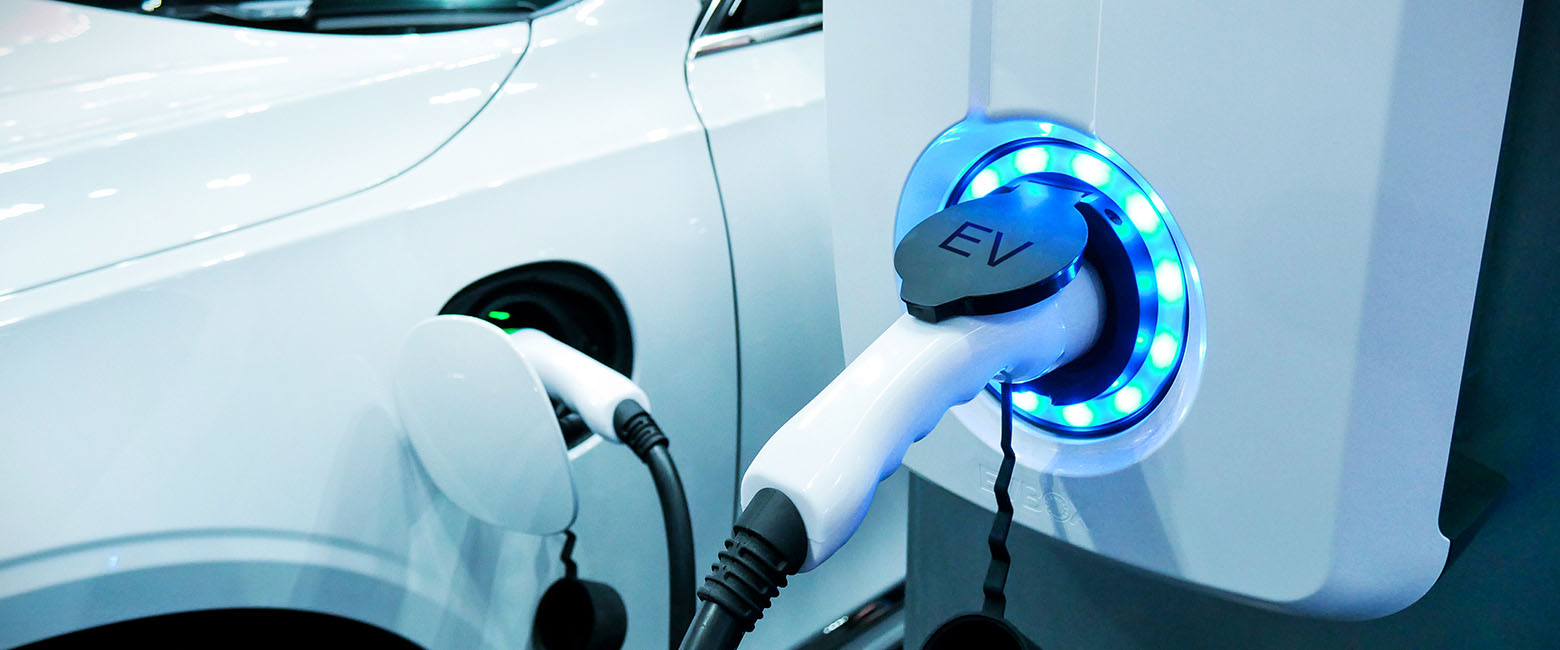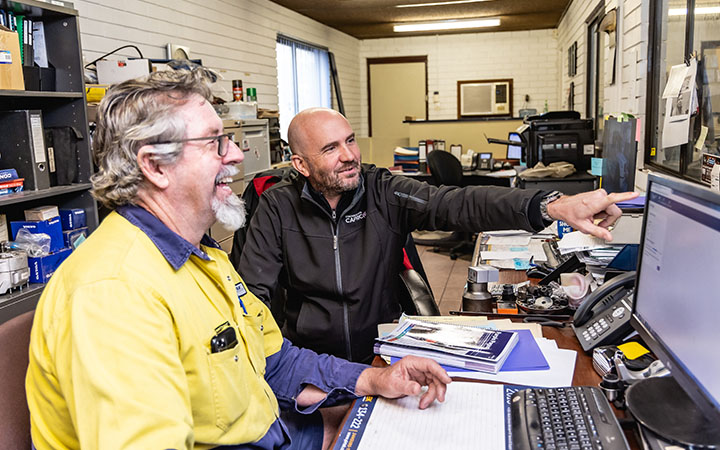Twenty years from now our workshops will be almost unrecognisable from those of today. Electric vehicles are set to change not just our jobs and the workshop floor but our revenue and business models, too.
But the particular threat to businesses in the aftermarket might not be EVs themselves—which are set to make up 10 to 24 per cent of the car parc as soon as 2030—but the way automotive manufacturers respond to the opportunity in front of them.
According to analysts at McKinsey and Company, in their recent Making Every Part Count report, the big threat to the automotive aftermarket is the OEMs themselves.
“OEMs might be able to gain control of the entire lifetime of the vehicle and subsequently increase their share of the aftermarket,” the report states. “Given the complexity of next-generation vehicles—mobile software centres largely driven by electric powertrains—strategic adaptation can also lead to new opportunities for OEMs.”
The revolution is coming to the automotive aftermarket
If OEMs do make a land grab for the aftermarket, that has huge implications for our businesses. For those who want a long-term future in the industry, McKinsey says the time to start planning for your transition is now.
“One might argue that there is still a significant amount of time in which to strategise, as the car parc—which is the basis for the aftermarket business—tends to turn over slowly,” the report says. “However, the necessary new capabilities and infrastructure require long-term investments in organisational capabilities, people and equipment. Therefore, immediate actions are required in order to adapt to the new situation.”
McKinsey’s analysts are predicting a wholesale shake-up of the aftermarket. This is a revolution akin to moving from horse and cart to the internal combustion engine. A total reshaping of the status quo. Those who don’t transition will, ultimately, get left behind.
Making a successful transition to the new aftermarket
So, how do you make that transition successfully? McKinsey suggests a framework that aftermarket business owners and decision-makers should follow. The first step is completing a 360-degree diagnostic assessment to get a clear picture of the full potential of your organisation, benchmarking against the following dimensions of the aftermarket:
- Strategy: This has to be aligned with next-gen vehicles, overarching trends, regulations, and technological disruptions. Analyse and develop a business model by customer segment, based on in-depth customer insights and trends.
- Top-line excellence: From linking parts to service offers, standardising service products, generating leads and managing the sales funnel, to pricing to steer sales teams effectively and having a customer-centric mindset.
- Sustainability: This will become a defining theme for the automotive aftermarket. (e.g., green parts, remanufacturing, green logistics, green workshops, and analytics and technologies).
- Operating model: Fit-for-purpose operating model and organisation with effective governance and performance management methods to steer growth and profitability through end-to-end process efficiency.
- Digitisation: Level of connectedness and sophistication of digital offer based on a fast, agile and customer-oriented product development process; end-to-end process digitisation.
- Cost efficiency: Optimised, lean, flexible workflows using a state-of-the-art toolset with defined standard processes and parts designed for value and serviceability with an excellent sourcing process in a world-class production network.
It’s all about evaluating the impact of the coming changes to your future product and service portfolio. For example, how they will affect your parts revenue pool.
Benchmark yourself against selected industry players and leaders and identify areas where you must improve to keep up and compete.
Getting the implementation right
With priority areas identified, it’s time to work out which initiatives, alternatives and investments are going to be right for your business. For workshops, this might be assessing your capability building. Suppliers might review their product portfolio and funnel innovation. Distributors might accelerate their rollout of big data and improve their technical knowledge.
Finally, with the path identified, McKinsey says it’s time to implement those initiatives so you can start capturing value from your investment.
“To capture value during the implementation, take into account the right governance system, tracking and management tools, incentives, change management, and the right talents and capabilities,” McKinsey says.
“This is a long process, but the initial set-up and change management initiation are key for success. Here it is also necessary to attract the best talent to build up a workforce capable of driving digitisation.”
Change is coming. Adapting to it is going to be no small task. But the rewards for those who embrace it, plan for it, and successfully make the transition will be great.


